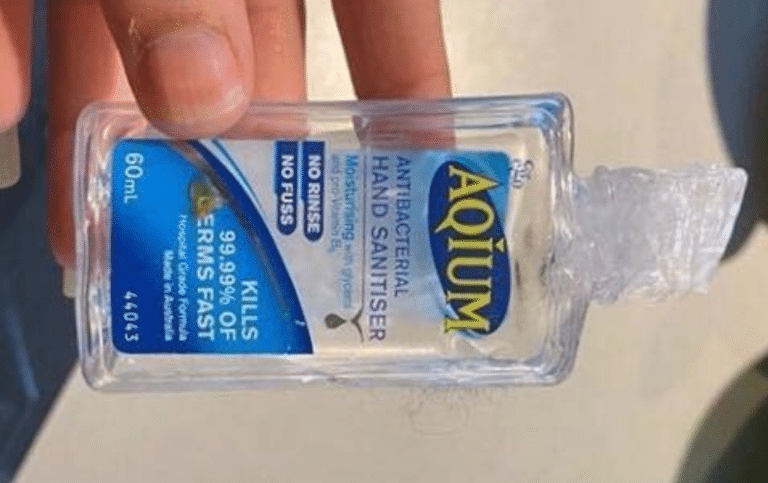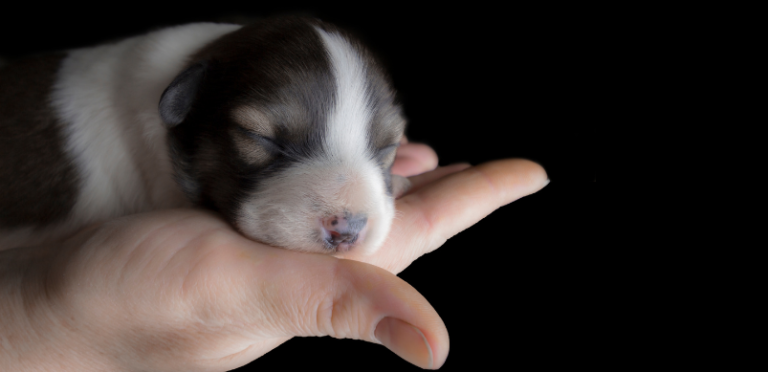How to stop cat fights & how to treat fight wounds
Cat fights pose various risks to both the animals involved and their owners. From physical injuries to psychological stress, these conflicts can have lasting effects. Bites, scratches, and potential infections are common outcomes, making it crucial to address and prevent such situations.
Managing conflicts between pets can be challenging due to the inherent differences in their communication styles and instincts. Dogs and cats have distinct body language, and misinterpretations can escalate the situation quickly. Additionally, introducing new pets to a household or changes in territory can trigger conflicts.

How to treat cat fight wounds?
Cat fights, though common, are more than just scratches on the surface. If you witnessed a fight or discovered that your cat has been involved in one, prompt and proper treatment is essential. Veterinary attention is crucial for assessing and treating injuries, including wounds, infections, and fractures. Timely medical intervention can prevent complications and ensure a smoother recovery for your pets.
When cats engage in a fight, they use their teeth and claws for defence and attack. Even though the scratches and puncture wounds may appear minor, they can conceal more serious issues beneath the fur. It can be challenging for an untrained individual to identify all the bite wounds and evaluate their impact on the cat’s health. These tiny injuries can become a breeding ground for bacteria, leading to hidden problems like abscesses. Abscesses are like pockets of pus under the skin, often not visible but causing swelling or tenderness.
If left untreated, cat fighting wounds can lead to complications. Bacterial infections may spread, affecting organs, and stress from fights can weaken the immune system, increasing the risk of infections.
To treat cat fighting wounds, vets clean and flush the injuries, remove damaged tissue, and give antibiotics to fight infections. In severe cases, they may need to drain abscesses.
How to prevent cat fights
Preventing cat fights is easier than dealing with the aftermath. Understanding your pets’ behaviours, providing proper training, and supervising interactions are key preventive measures.
Here are some tips for avoiding pet conflicts:
1. Supervise Interactions:
Always monitor interactions between your pets, especially when introducing them for the first time.
2. Training and Socialisation:
Invest time in training and socialising your pets to help them understand each other’s cues and signals.
3. Provide Separate Spaces:
Ensure that each pet has its designated space and resources to minimise territorial disputes.
4. Consult with a Professional:
If conflicts persist, seek guidance from a professional animal behaviourist or trainer to address underlying issues.
Conclusion
Cat fights reveal more than meets the eye – they show us the complexities of feline behaviour and the risks their wounds pose. By understanding these secrets, we can keep our feline friends safe and happy. It is crucial to pay Sorrento Animal Hospital a visit, and in case of an emergency, please see us.



